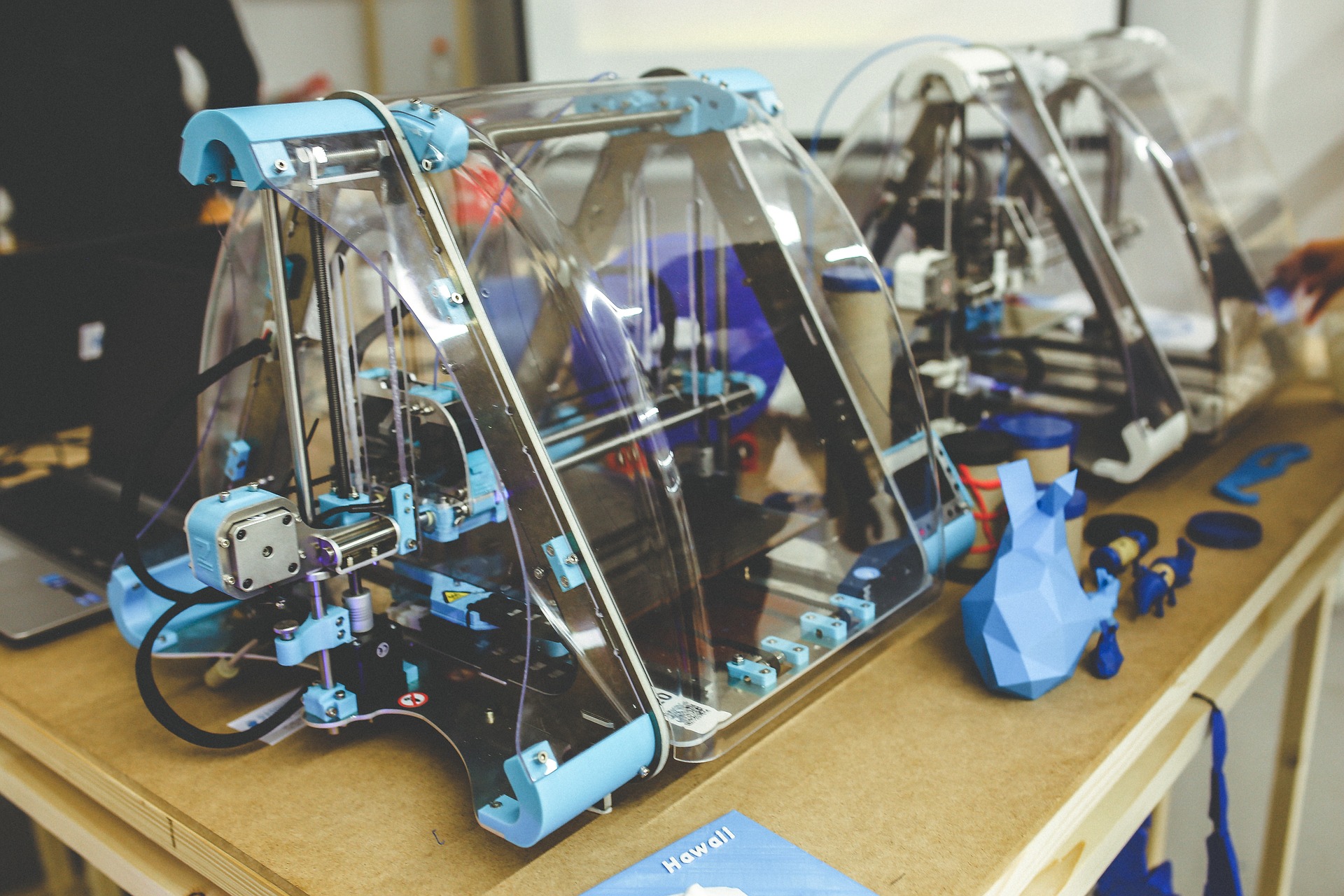With the ability to give rise to numerous different cell types (pluripotency), stem cells are a powerful tool for both research and regenerative medicine. The use of stem cells in regenerative medicine is allowing researchers to model organ development, which can then be used to better understand human diseases. A major challenge of working to print and manufacture human organs is replicating the complexity of the organ — creating both the tissue and vasculature network, the organization of blood vessels that allows for blood to be transported. Despite these challenges, a research team from Tel Aviv University was able to successfully print a functional and vascularized 3D heart using cells harvested from a patient.
To accomplish this, the research team first harvested cells from the omentum tissue, which is a structure containing fat and membranes found in the abdominal tissue. Cells were then reprogrammed to reintroduce cell pluripotency so that the team could generate cardiomyocytes, muscle cells of the heart, and endothelial cells, cells used to form blood vessels and the vasculature. The team also used the tissue to create a hydrogel that would serve as a source of fibers to help generate the structure of the 3D printed heart.
Image Source: sot
The team performed extensive imaging to create a model that would be used to print the 3D structure of the heart — all the vasculature along with the four chambers of the heart. The first step was to print 2D patches in order to determine if functional tissue could be produced, which was then confirmed by performing tests that examined tissue contractility and function. Once this landmark was achieved, the team moved on to creating a 3D structure. The researchers used personalized hydrogel derived from the omentum tissue to build the scaffolding for the heart to be printed onto. This design system then enabled the team to successfully create a small heart (about the size of a rabbit’s heart) that was generated completely from a patient’s cells, an enormous advancement in the field of biotechnology.
There are numerous implications and future directions from this research. Since the heart is one of the least regenerative organs in the body, many people need heart transplants to prolong their lives if they suffer from heart disease. With organ transplants, there is always a high risk of rejection of the transplanted organ, which has devastating consequences. Therefore, the ability to create specialized organs printed from the patient’s own cells could eliminate fears of rejection as the body would be able to recognize its own cells. This research is a hallmark of progression in the field of regenerative medicine and could make the possibility of printing human organs a reality in the future.
Featured Image Source: Karolina Grabowska










